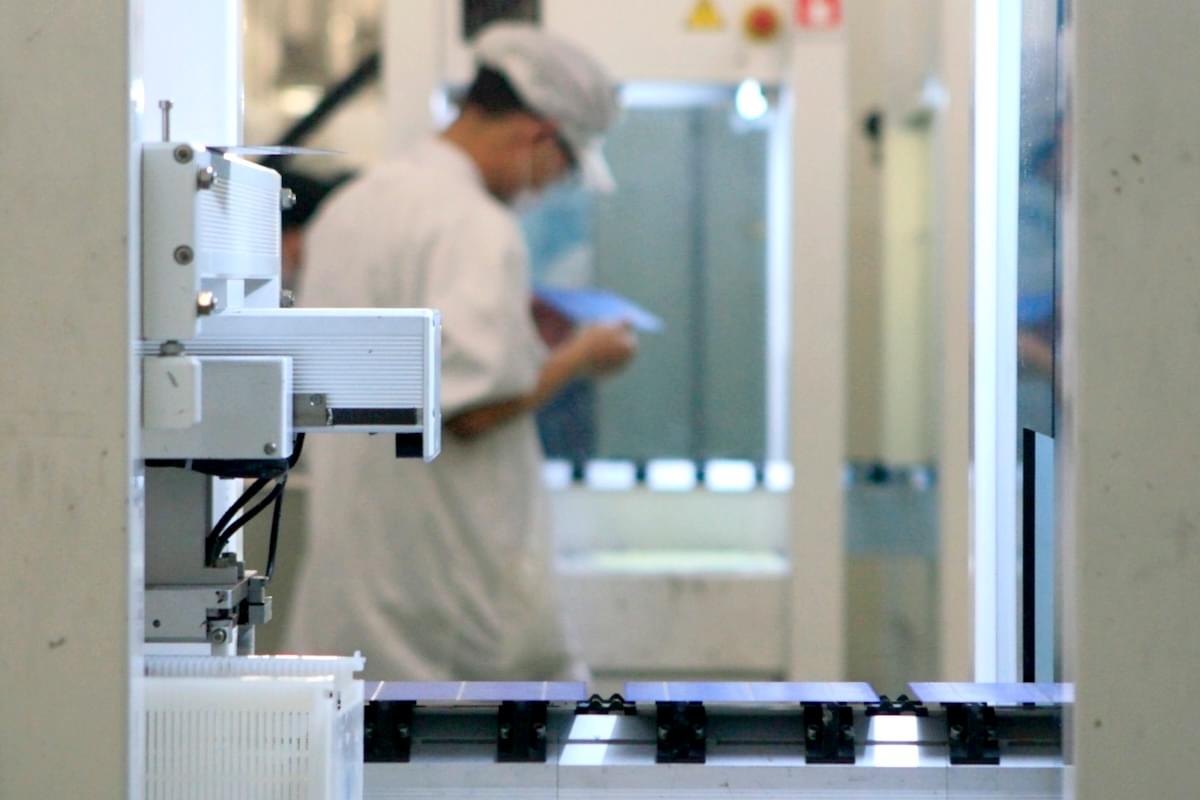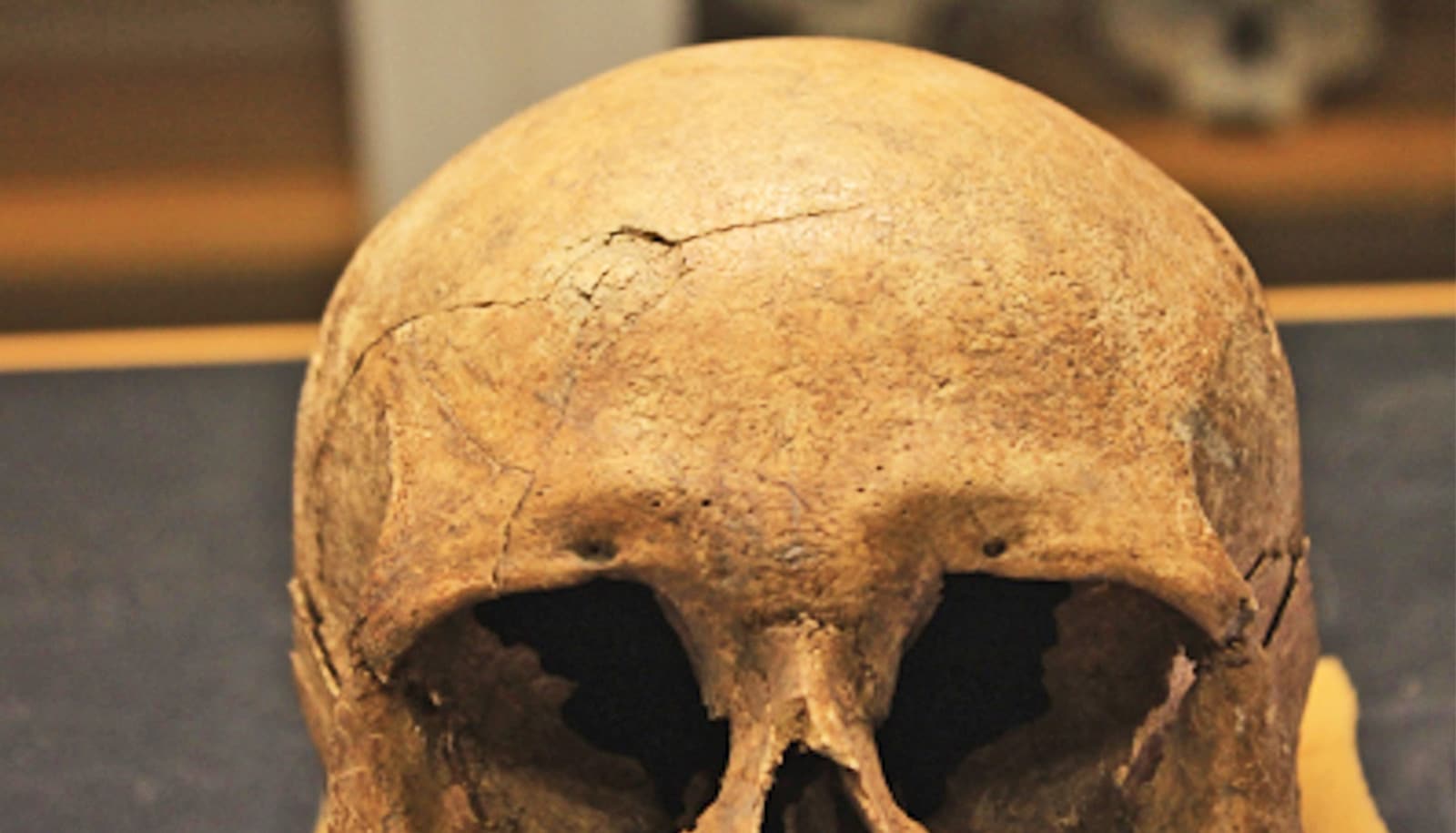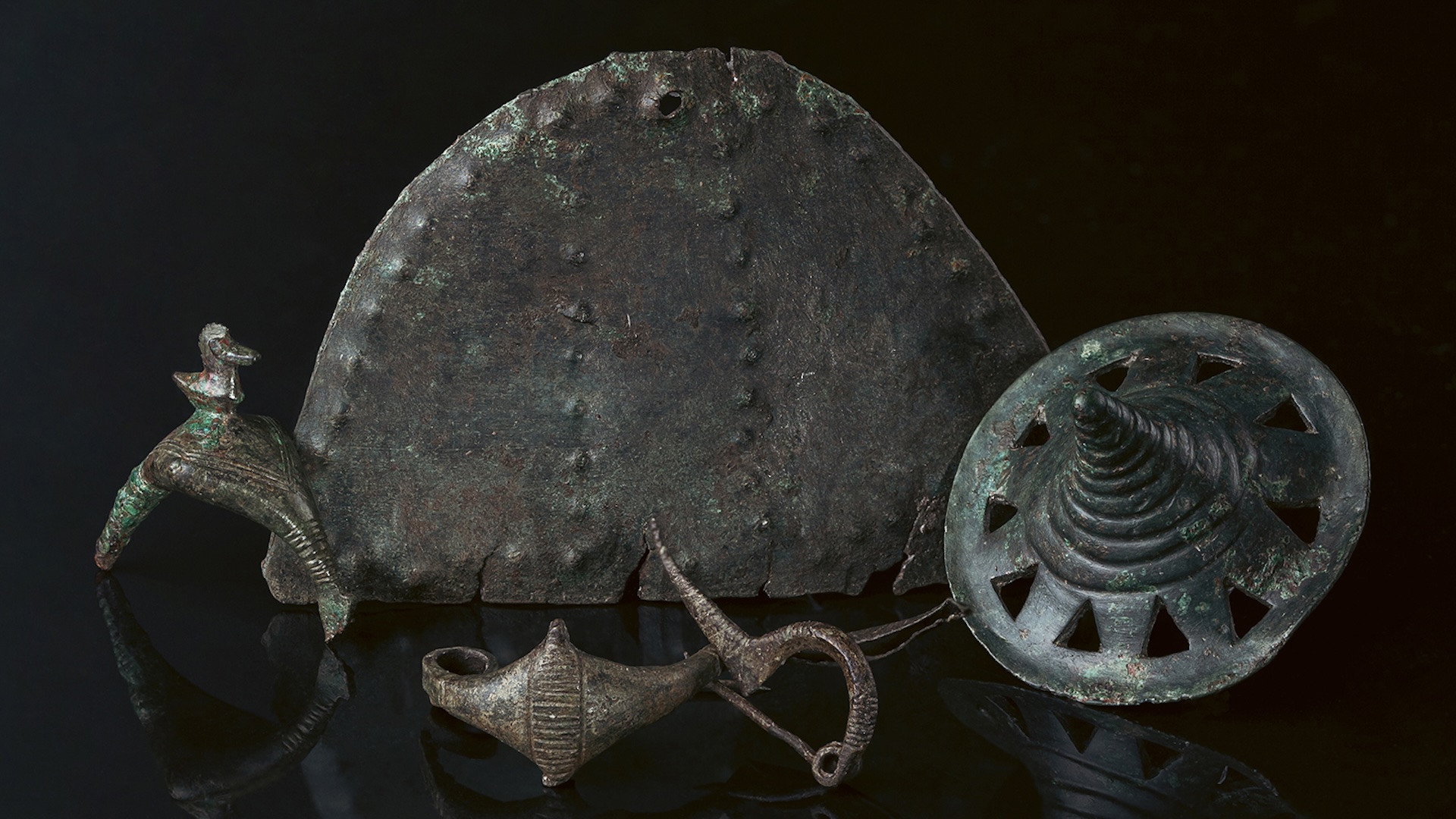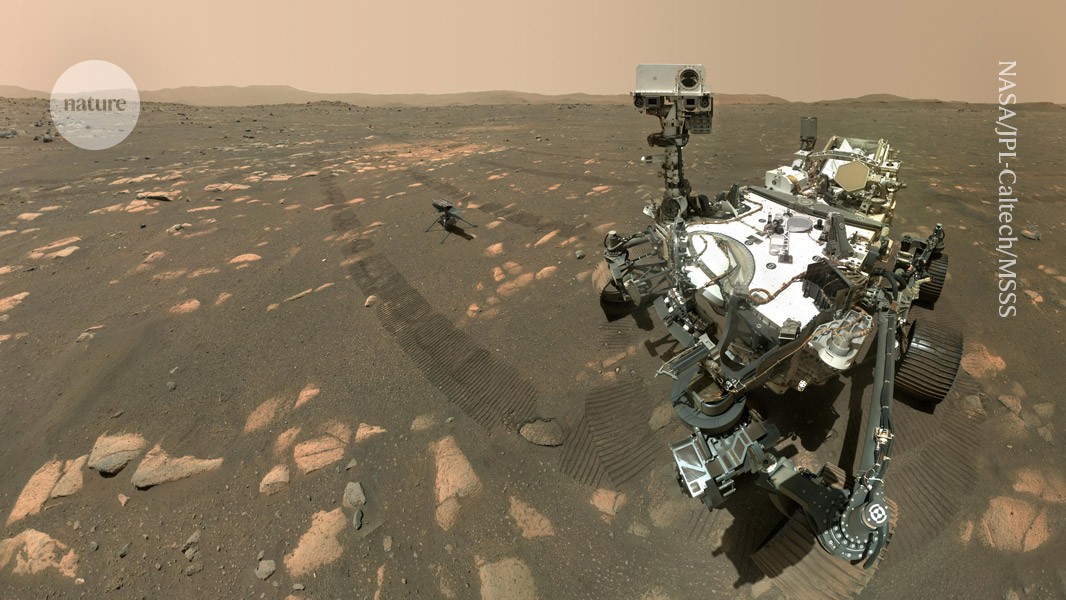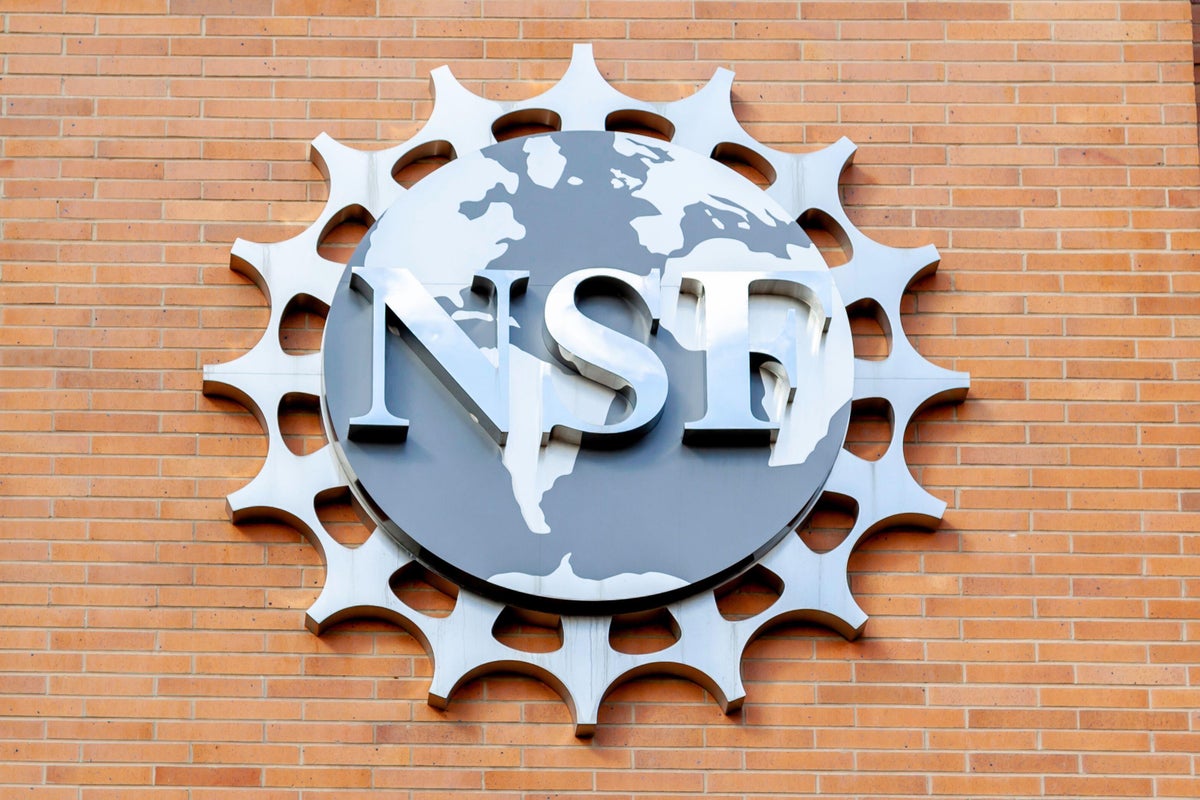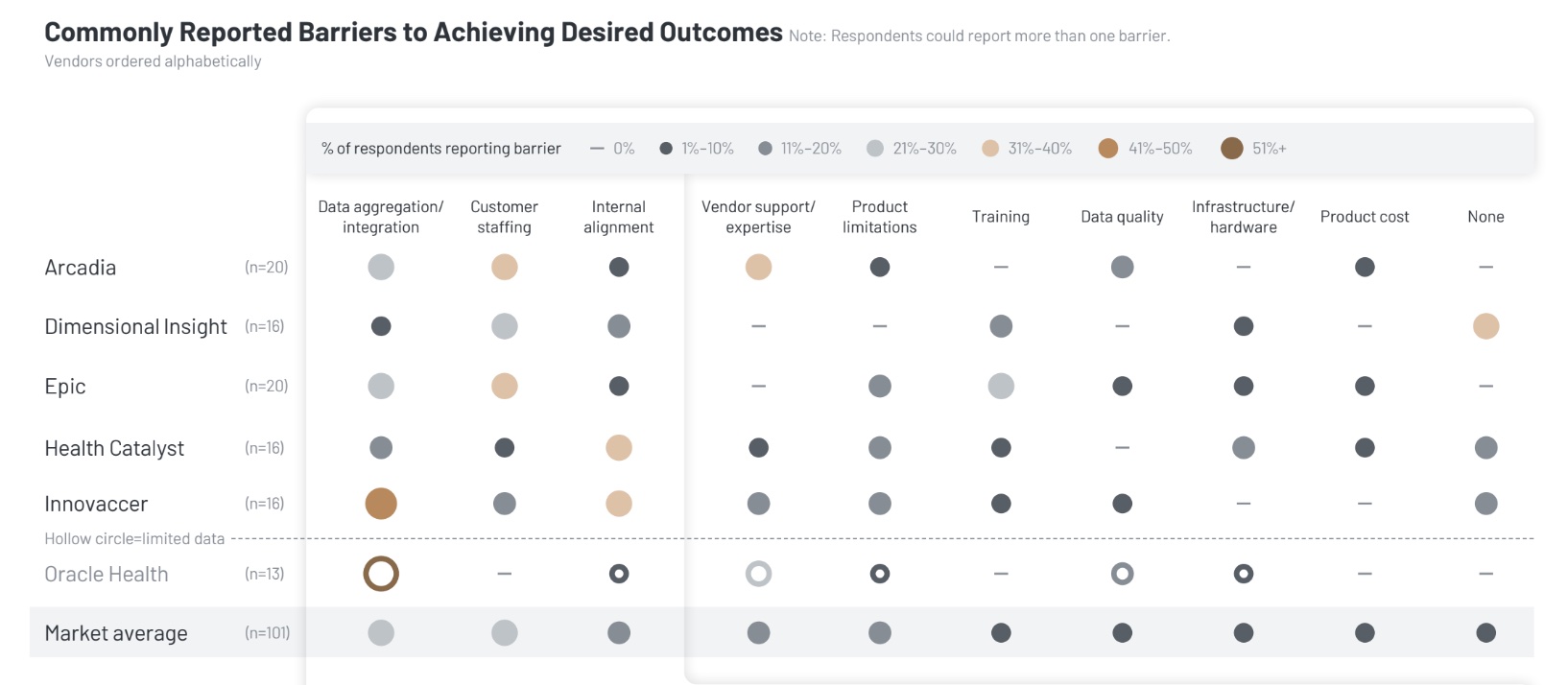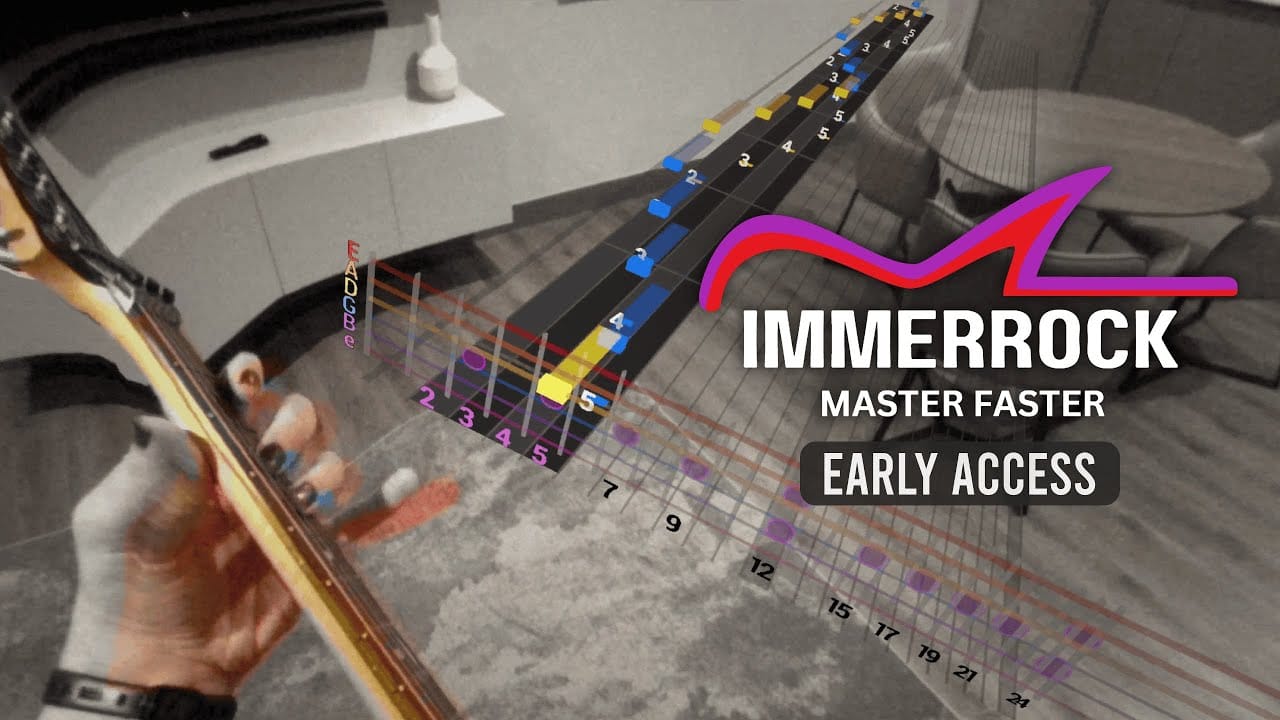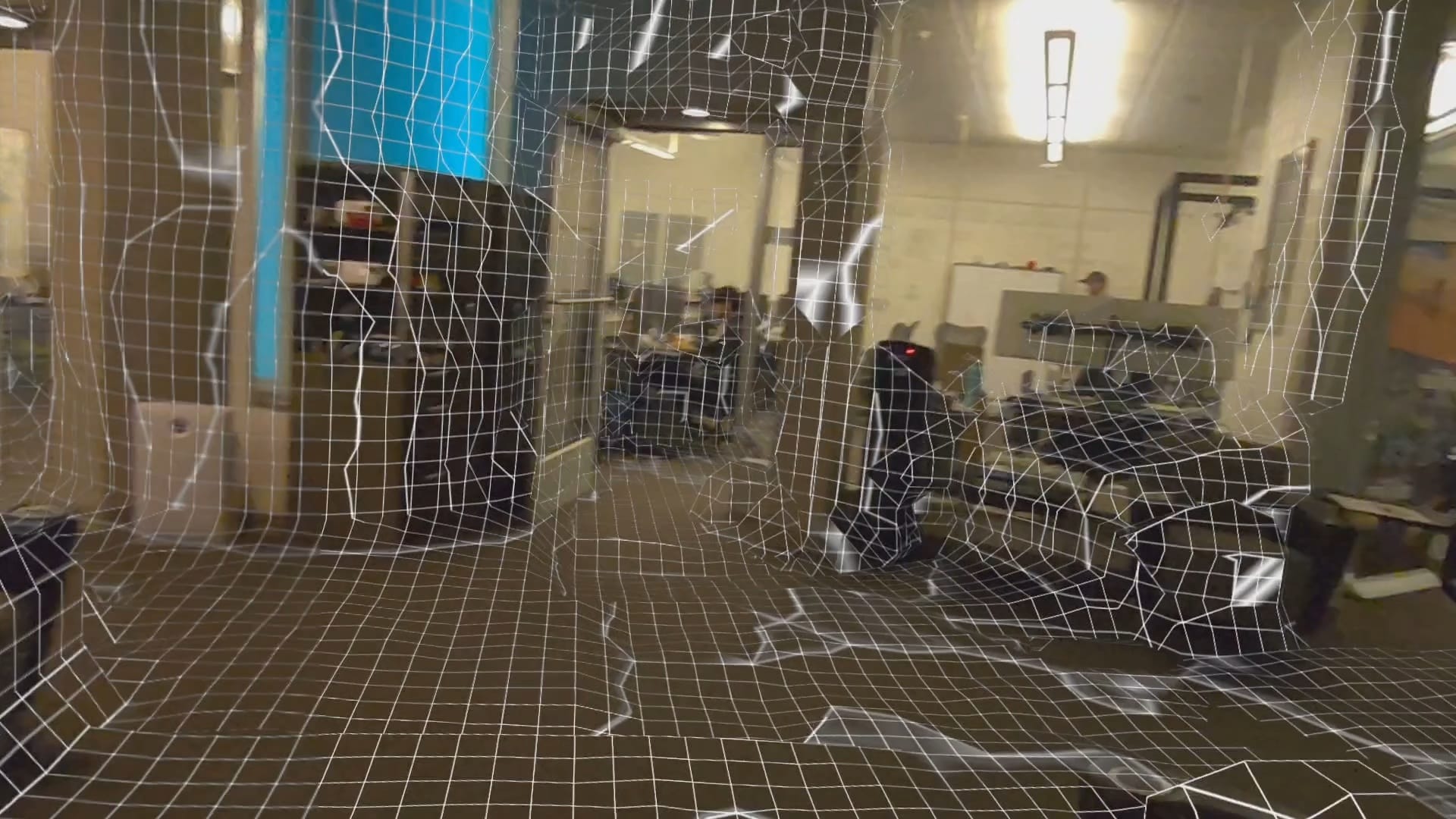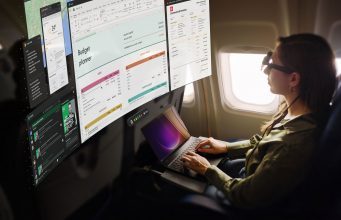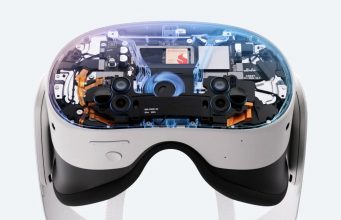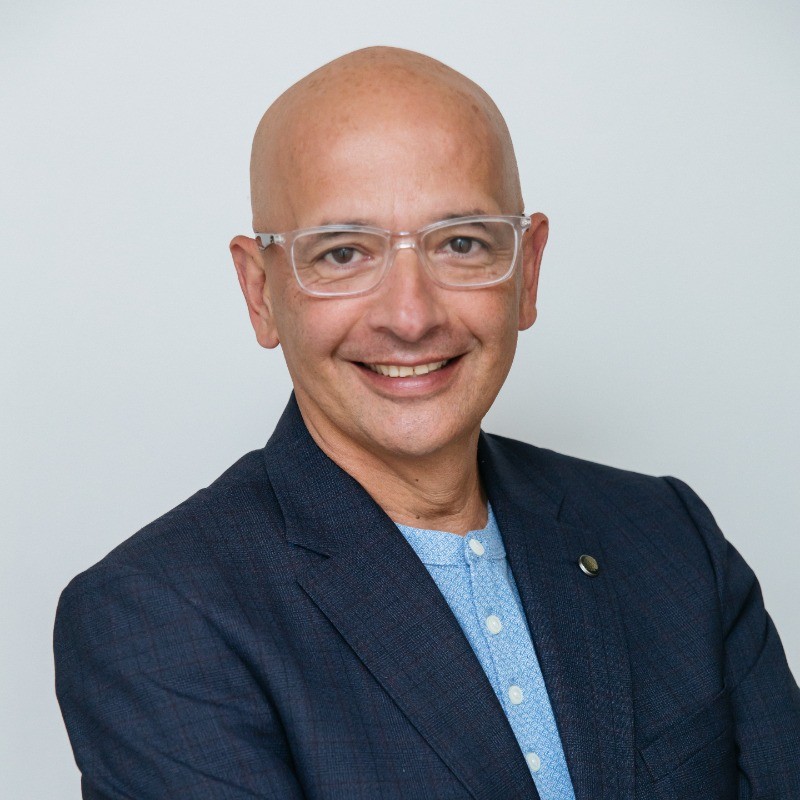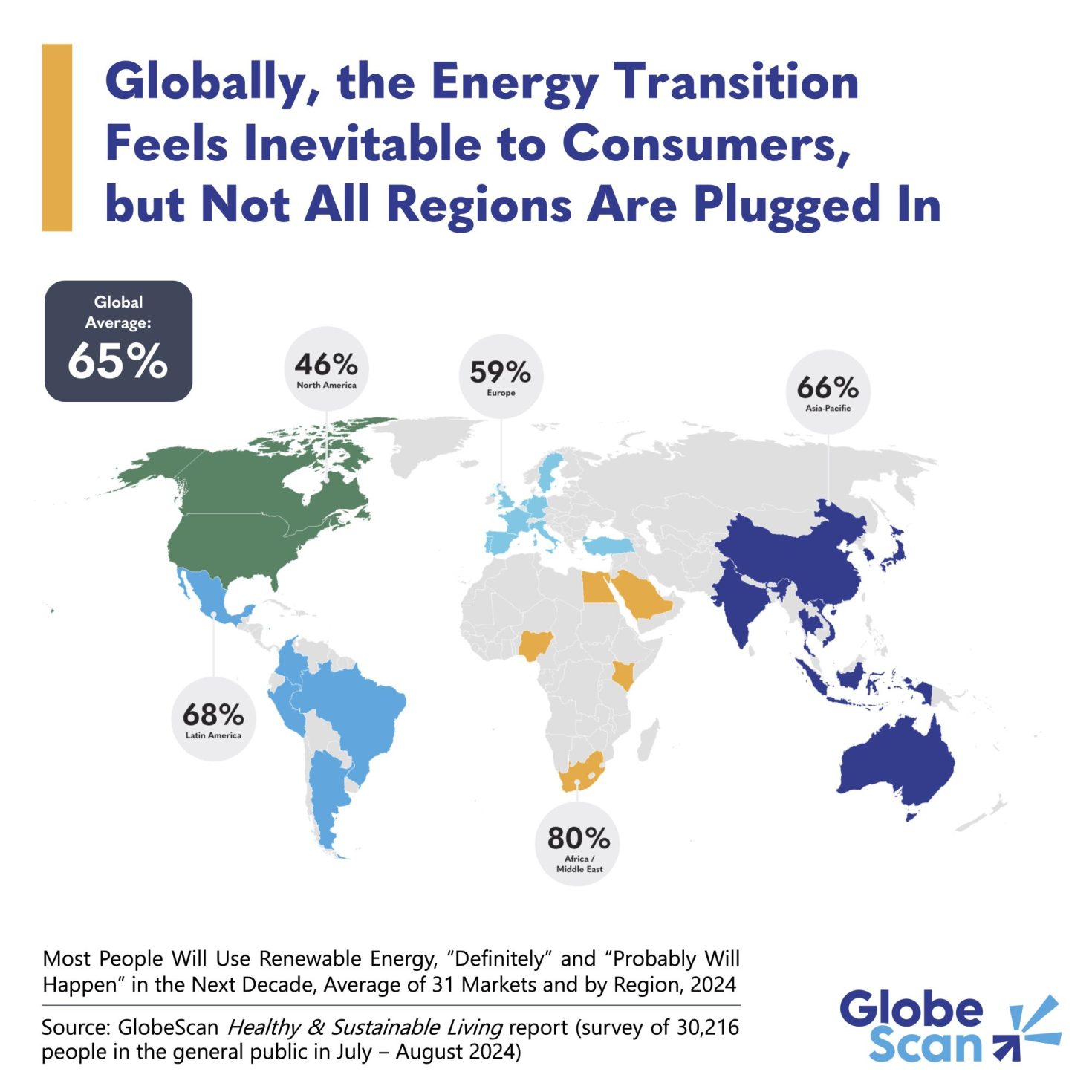Wandercraft Begins Clinical Trials for Physical AI-Powered Personal Exoskeleton
What You Should Know: – Robotics startup Wandercraft has begun clinical trials for its new Personal Exoskeleton. – Founded by Nicolas Simon, whose siblings face mobility challenges from Charcot-Marie-Tooth disease, Wandercraft aims to help individuals with spinal cord injuries, stroke, and other severe neuromuscular disorders stand and walk again using advanced robotics and artificial intelligence. ... Read More
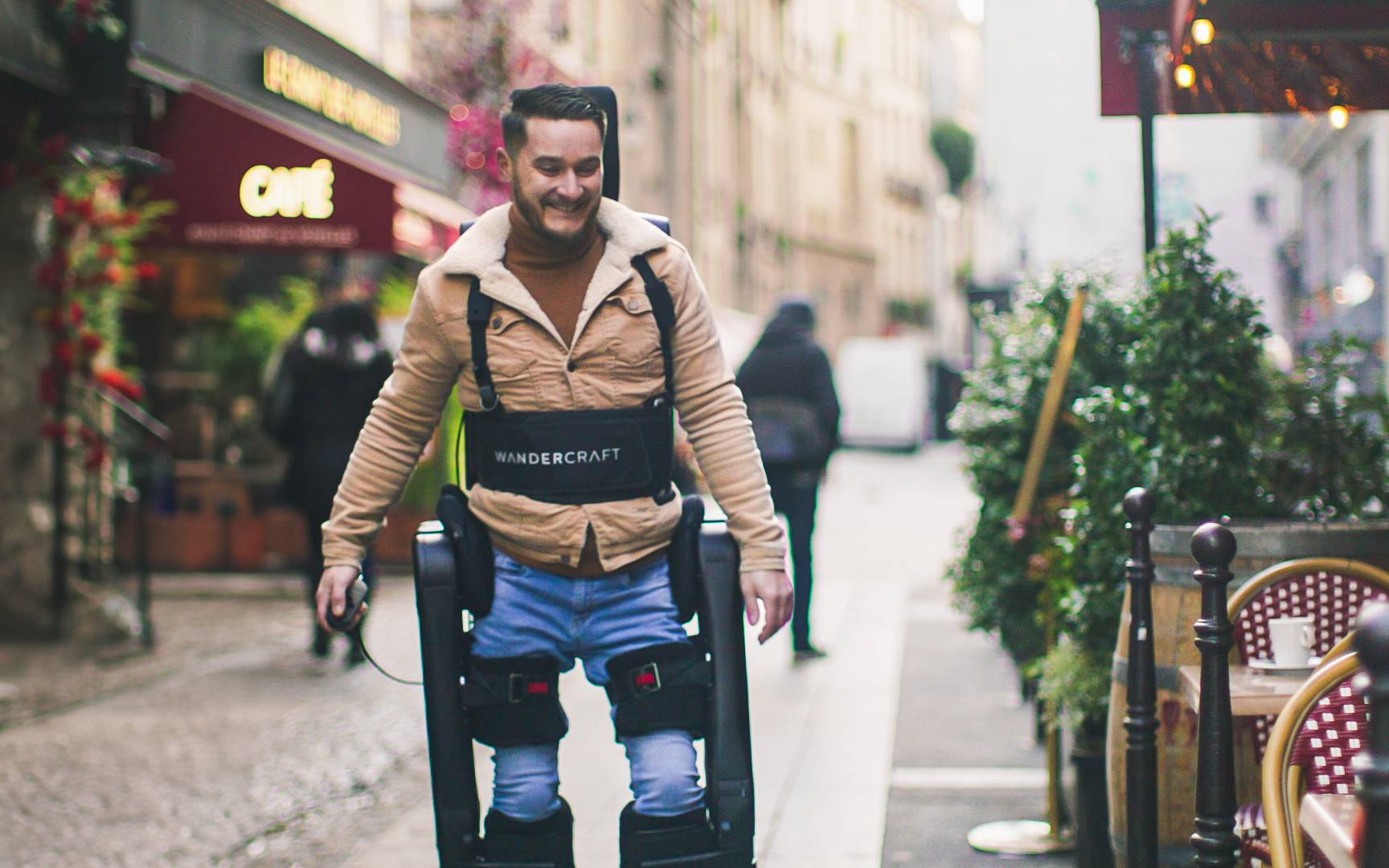
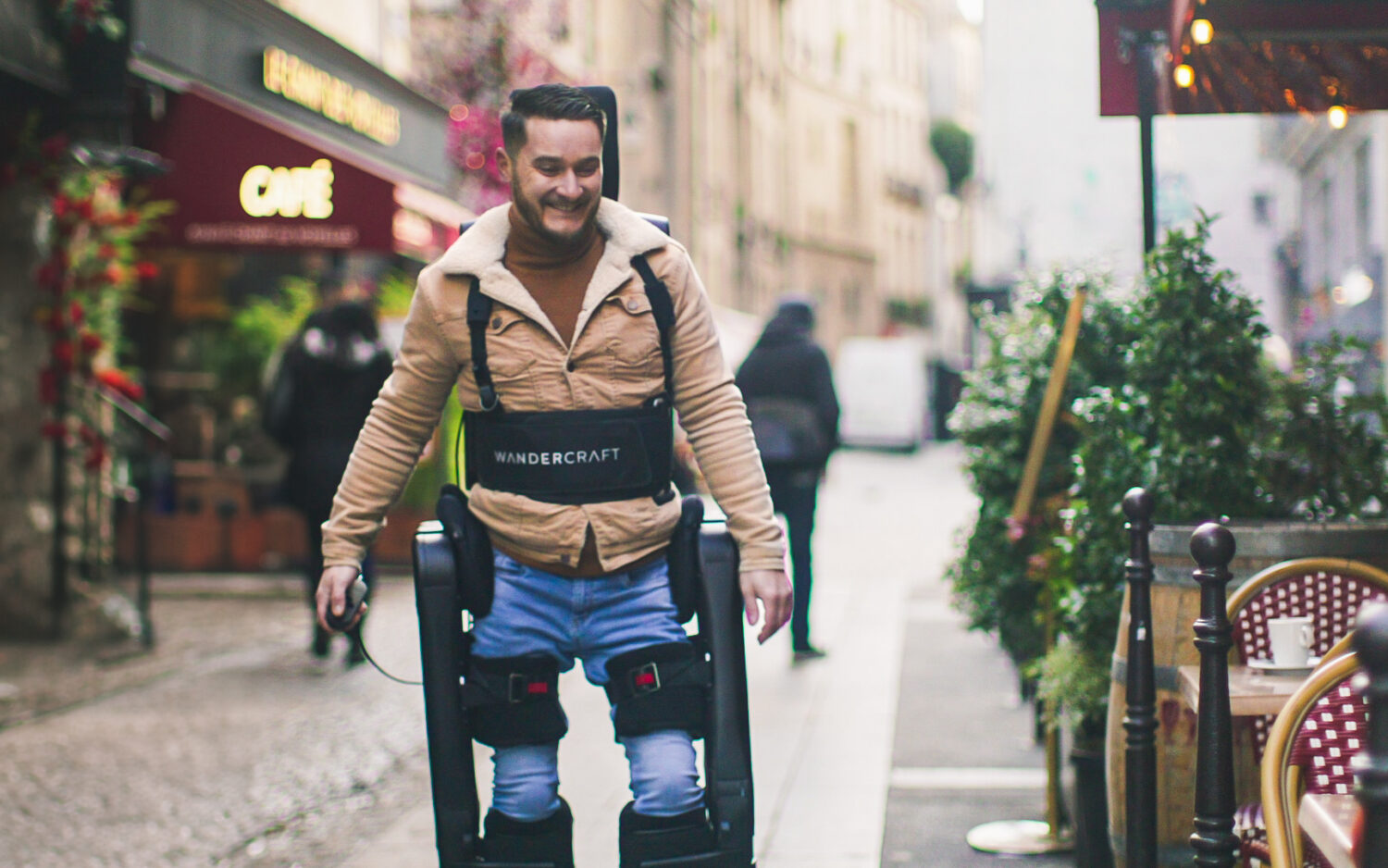
What You Should Know:
– Robotics startup Wandercraft has begun clinical trials for its new Personal Exoskeleton.
– Founded by Nicolas Simon, whose siblings face mobility challenges from Charcot-Marie-Tooth disease, Wandercraft aims to help individuals with spinal cord injuries, stroke, and other severe neuromuscular disorders stand and walk again using advanced robotics and artificial intelligence.
From Rehabilitation Tool to Personal Mobility
Wandercraft is already known for its Atalante X exoskeleton, an FDA-cleared device used as a neurological rehabilitation tool in over 100 clinical and research settings globally. With patients taking over one million steps per month using Atalante X, the company has proven its expertise in mobility assistance. Building on this success, Wandercraft is now focusing on its next-generation device: the Personal Exoskeleton, designed for everyday indoor and outdoor use by individuals requiring wheelchairs.
AI and Simulation Driving Innovation
The Personal Exoskeleton utilizes AI-powered mechanisms to provide stability and enable users to stand and walk, controlled via a joystick. It integrates physical AI to constantly adapt in real-time to the user’s movements and various walking surfaces like concrete, carpet, and tile.
To achieve this advanced functionality, Wandercraft is accelerating its development by integrating NVIDIA technologies. The startup is experimenting with NVIDIA Isaac Sim on the NVIDIA Omniverse platform for physically based simulation and testing of its AI robotics. It is also investigating the use of the NVIDIA Isaac for Healthcare framework and the NVIDIA Jetson Thor edge AI computer to create a powerful solution for AI training, simulation, and on-device runtime.
“It’s essential for the exoskeleton to be fast enough that it can be used in the real world,” said Nicolas Simon, Wandercraft co-founder. “By integrating NVIDIA AI into the device, we can someday enable users to walk at an average pace, cross the road and go up and down stairs”. Simon notes they are applying technology from humanoid robotics to the exoskeleton, opening up endless possibilities.
Beyond restoring the ability to walk, the Personal Exoskeleton could help mitigate secondary health complications associated with being seated all day, such as cardiovascular, skin, and digestive issues. Wandercraft’s ultimate goal is to make this life-changing technology accessible to the estimated 80 million people worldwide who use wheelchairs, potentially securing Medicare coverage in the U.S. to reach millions.
FDA Clearance Plans
Clinical trials for the Personal Exoskeleton are now underway in New York and New Jersey. The prototype was recently demonstrated at the NVIDIA GTC global AI conference with the help of a spinal stroke survivor. Wandercraft plans to apply for FDA clearance immediately after the clinical trials conclude, aiming for completion this year, and is currently recruiting additional participants
































